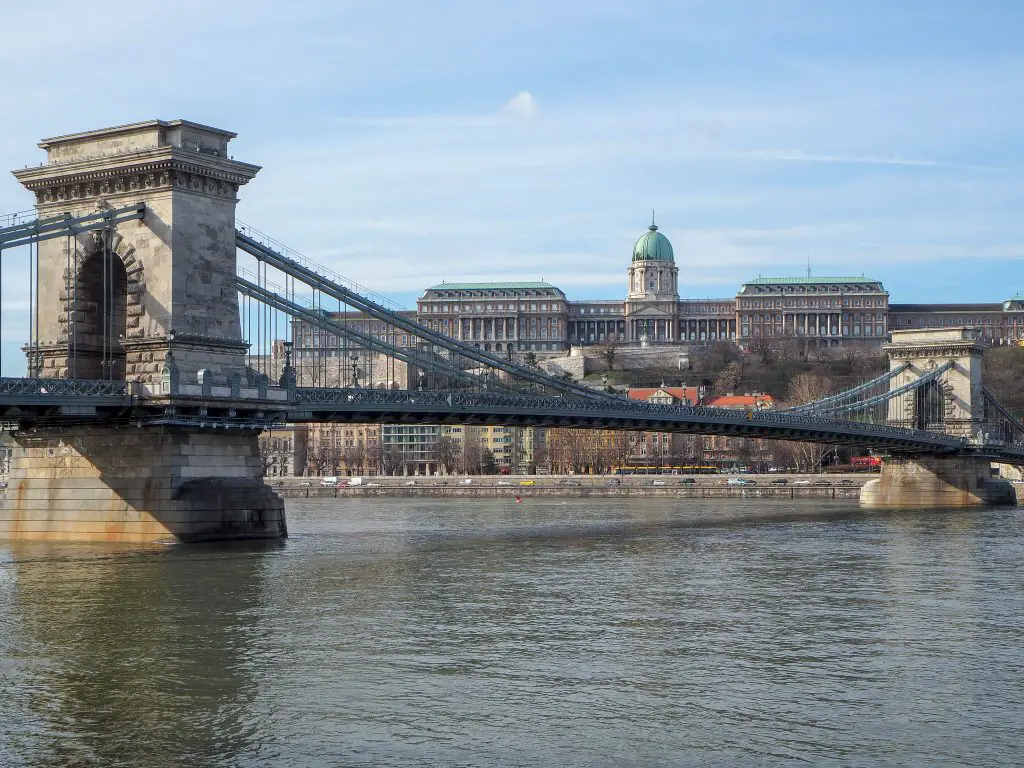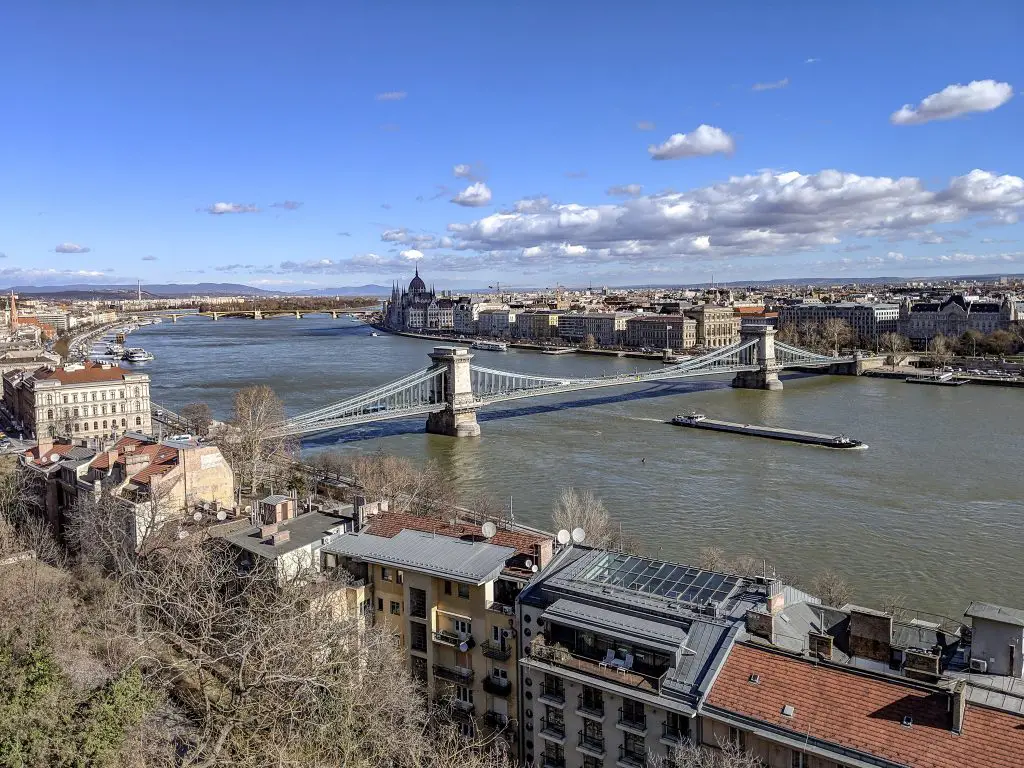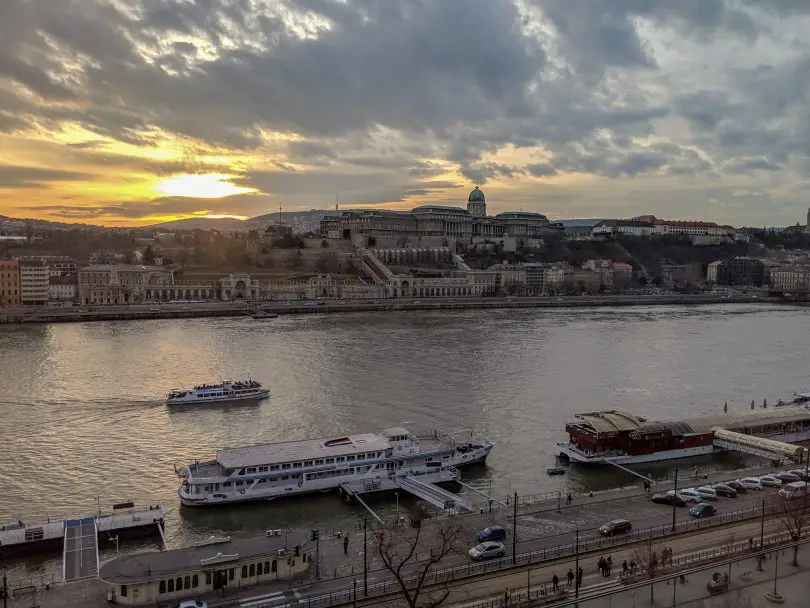updated on March 24th, 2019
The Danube River runs north to south through the city of Budapest. It didn’t always run through a single city, though. The Danube used to split two separate cities: Buda and Pest.
Buda

The hill-filled and largely wooded area on the western side of the river was once the the city of Buda and the capital of the Kingdom of Hungary in the 5th century. There are a multitude of historic buildings here.
Notable Sites on the Buda Side
Pest

Across the river to the east was the ancient city of Pest, with settlements dating back to the Celtics and Romans. Pest was a strong economic center in the 11th and 13th centuries. The town was pretty much destroyed in 1241 during the Mongol invasion of Hungary, but was quickly rebuilt. Three fourths of the city was either destroyed or seriously damaged in 1838 when the Danube river flooded and left large portions of Pest under up to eight feet of water, and rebuilt again.
Notable Sites on the Pest side
Budapest today
In 1849, the Széchenyi Chain Bridge opened and connected Buda and Pest. The chain bridge was regarded as an engineering wonder and provided social, cultural, and economic significance equal to that of the Brooklyn Bridge in New York. Consequently, in 1873 Bupa and Pest unified to form the city of Budapest.


